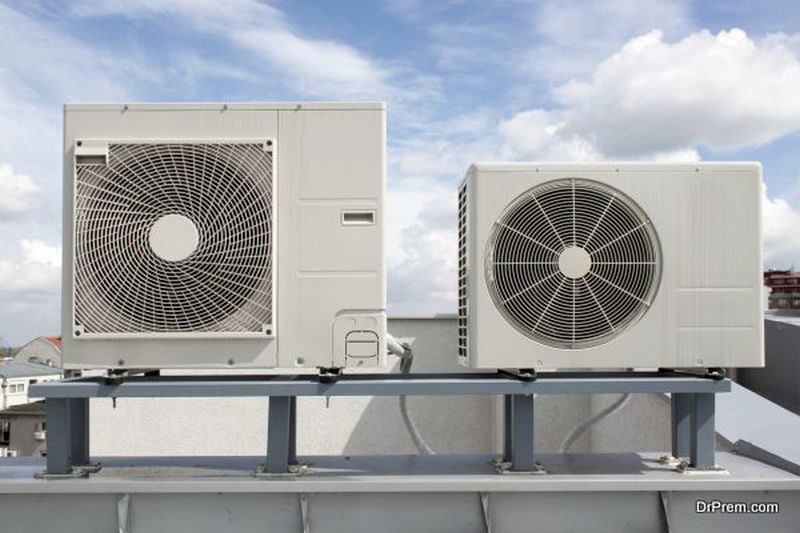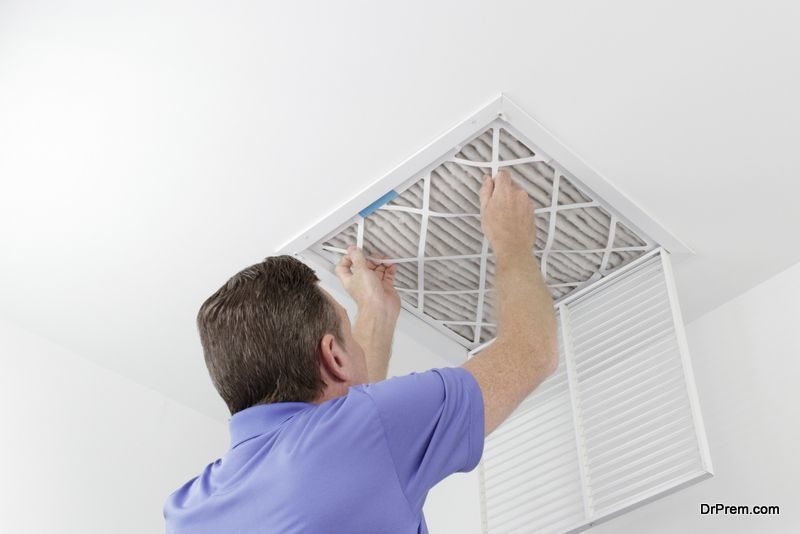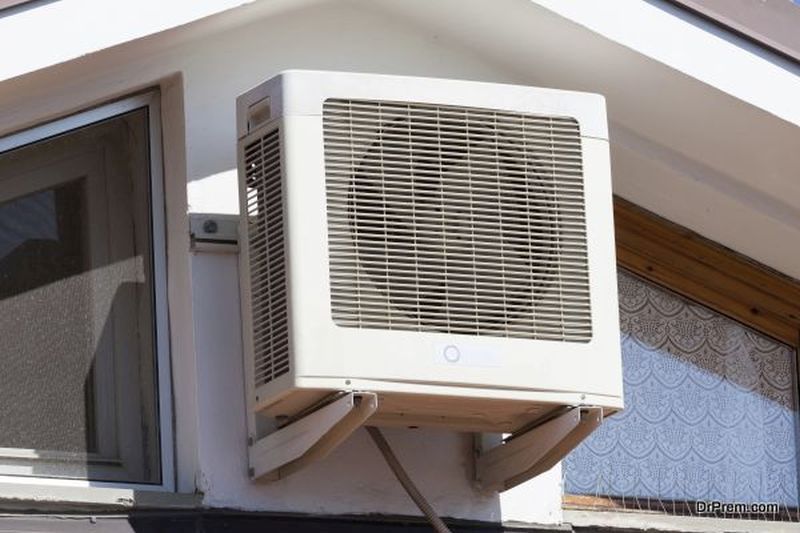Traditional air conditioning systems that have regular hardware can cool an entire space quite well. However, an energy-efficient HVAC system is better because it manages temperatures in a home strategically without consuming a lot of electricity throughout each cooling cycle. If you’re in the process of buying an energy-efficient air conditioner, you should shop around and compare every unit’s standard features. This tactic will help you find the most energy-efficient HVAC system that suits your daily habits. In this guide, you’ll learn what to look for while shopping for energy-efficient air conditioners and more.
1. Size
 The first thing that you must consider is the size of the unit that you’re planning to buy. A great efficient-energy air conditioner has to be an average size. If it’s too big, it will cool your space effectively; however, when it powers down, the air in some spaces will feel clammy and damp. When an air conditioner is too small, it works harder and longer to cool a space, which is a problem because a lengthy cooling cycle increases monthly energy costs.
The first thing that you must consider is the size of the unit that you’re planning to buy. A great efficient-energy air conditioner has to be an average size. If it’s too big, it will cool your space effectively; however, when it powers down, the air in some spaces will feel clammy and damp. When an air conditioner is too small, it works harder and longer to cool a space, which is a problem because a lengthy cooling cycle increases monthly energy costs.
To pick a unit that’s an ideal size, you’ll need to measure your home’s size or layout. After you have the calculations, contact an HVAC contractor and get a recommendation for a proper air conditioning system.
2. Programmable Temperatures
A programmable thermostat will give you more control during cooling cycles. In order to save energy, your HVAC system must work with you, and this is why a programmable thermostat is valuable. For example, before your morning shift, you could set the thermostat in advance to make the air conditioner cool your home moments before you step through your front door at the end of the day. When an HVAC system runs on a schedule in this manner, it never wastes energy while no one is in the home.
3. Energy-Saving Mode
 An energy-saving mode is one of the most useful features for anyone who wants a low energy bill every month. All AC systems that have this setting conserve power by turning off their fan and compressor after a space reaches the temperature that’s set on a thermostat.
An energy-saving mode is one of the most useful features for anyone who wants a low energy bill every month. All AC systems that have this setting conserve power by turning off their fan and compressor after a space reaches the temperature that’s set on a thermostat.
4. The Ratings
After energy-efficient air conditioners are manufactured, a team gives each unit a SEER and EER rating. These ratings determine an AC system’s energy efficiency based on its BTUs. The EER is the energy efficiency rating, and the SEER is the seasonal energy efficiency rating. All HVAC systems that have high ratings are the most efficient.
5. ENERGY STAR
 On some HVAC systems, you’ll find an ENERGY STAR label. This is a certification, and an air conditioning system can only earn it if its hardware meets or exceeds the industry’s energy efficiency standards.
On some HVAC systems, you’ll find an ENERGY STAR label. This is a certification, and an air conditioning system can only earn it if its hardware meets or exceeds the industry’s energy efficiency standards.
6. Wi-Fi Features
If you want convenience while cooling your home with an energy-efficient air conditioner, you’ll benefit from buying a unit with Wi-Fi features. You can change the temperature in a space while sitting on furniture after a Wi-Fi-enabled air conditioning system is installed by using a smartphone app that controls the thermostat.
7. Central Air Conditioner Types
 There are two energy-efficient central air conditioning systems for a home. You could buy a:
There are two energy-efficient central air conditioning systems for a home. You could buy a:
- Split air conditioner: A split air conditioning system consists of two pieces. It has a standard exterior compressor and a powerful interior fan system. During basic operations, cold air is circulated everywhere inside of the unit’s main housing before it’s pushed through the ducts in a home.
- Packaged air conditioner: This system is designed for a home that already has ductwork. A packaged system is very efficient and inexpensive.
8. Alternative Air Conditioners
Many companies offer alternative air conditioner options. If you buy one of these systems, you may have to implement different procedures to install and set up the hardware. The top alternative AC systems, according to Pure Air HVAC Broomfield CO include:
- Window units: Most families on a budget buy window unit because these systems provide options. Thanks to the self-contained design, the equipment is easy to set up and remove. If you want to keep a window unit in place throughout the year, you could mount it on the wall.
- Ductless units: A ductless air conditioner system doesn’t make a lot of noise while it’s running. This system is energy-efficient because it only has one exterior compressor.
- Portable units: Dehumidifiers and portable air conditioning systems have similar characteristics. For example, both products are attached to a cabinet that has wheels. In order to use a portable AC system, you’ll have to set up various components to direct air outside. All of the parts that you’ll need to accomplish are included in a convenient installation kit.
- Inverter air conditioners: Instead of using compressors to manage temperatures, an inverter air conditioner runs strategically at various speeds. This AC unit doesn’t waste electricity since it always pulls energy precisely in order to maintain a specific temperature in a space.
Article Submitted By Community Writer




